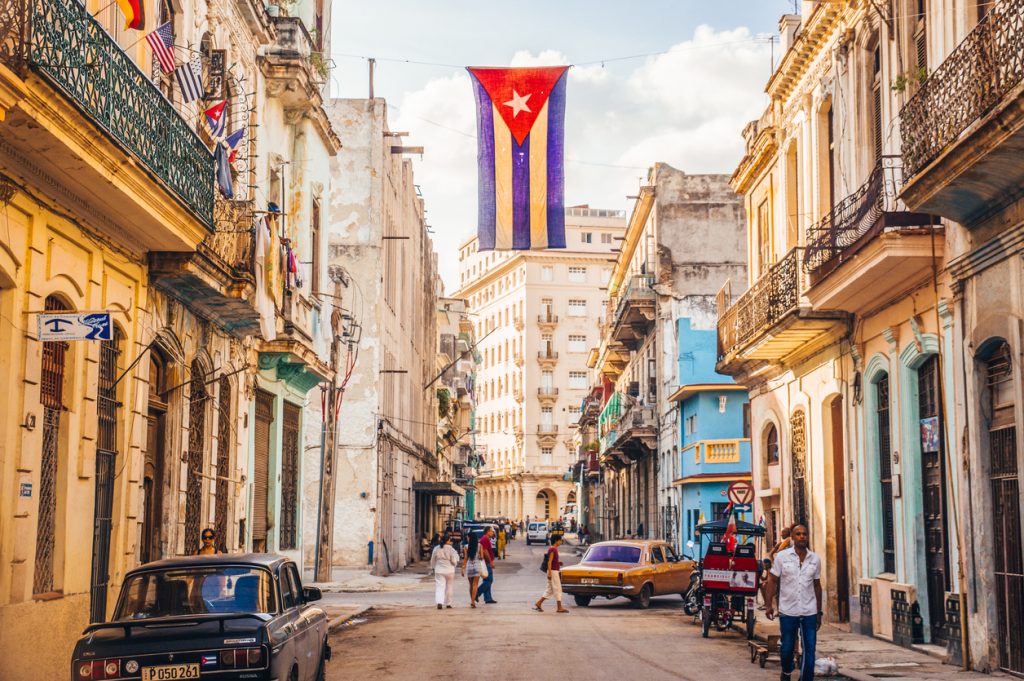The communist regime of Miguel Díaz-Canel is facing increasing difficulties in containing the collapse of the economic system that the country has been experiencing since 2020.
State-owned and collectivized sugar production were completely depleted of inputs in 2022, and the worst harvest in the last 100 years was recorded.
A country historically characterized by its abundant sugar, with the socialist system finds the most dramatic shortage in decades and a total shortage of this product for the population.

“Socialism generates sand shortages in a desert”, Argentine economist Javier Milei often ironically says in his lectures, and never has this case been as clear as Cuba’s current sugar situation.
The lack of an efficient pricing system and the centralization of production prevent an orderly solution.
There were also significant shortages in the components of the basic food basket.
The State could only harvest up to 25% of the rice needed to meet the minimum subsistence supply for each citizen, causing a very tense social situation that is only comparable to that during the “special period” in the 1990s.
Despite the repression, confinement, and controls, it is estimated that up to 300,000 people escaped from the communist regime in the last 14 months to emigrate to other destinations but mainly to the United States.
This is the most drastic demographic crisis due to emigration in the last 30 years.
The social collapse is an almost natural consequence of the violent inflationary outburst that has hit the country since 2021.
The Castro regime fought the escalation of prices with the imposition of controls and generalized the situation of shortages.
The GDP deflator index rose 16.6% in 2020 and up to 401.6% in 2021, an indicator that allows capturing the total variation of the general average of prices (not only those surveyed by the CPI or other specific baskets).
The elimination of the peso convertible with the dollar and the tightening of exchange controls caused the collapse of the demand for money.
It limited the obstacles to the expansion of the money supply.
The dictatorship admits that strictly official prices had a year-on-year increase of 40.26% in November last year (the latest data available) and reached a peak of up to 77.3% in December 2021.
But these prices are fictitious because they only appear in the accounting records of the regime and not on the shelves of authorized stores.
In practice, the generalized shortage of goods forces the population to trade in informal markets, with much higher prices permanently adjustable by inflation.
Economist Steve Hanke estimates that real Cuban inflation will rise to 130% by December 2022, 90 percentage points above official statistics.
With information from Derecha Diario

